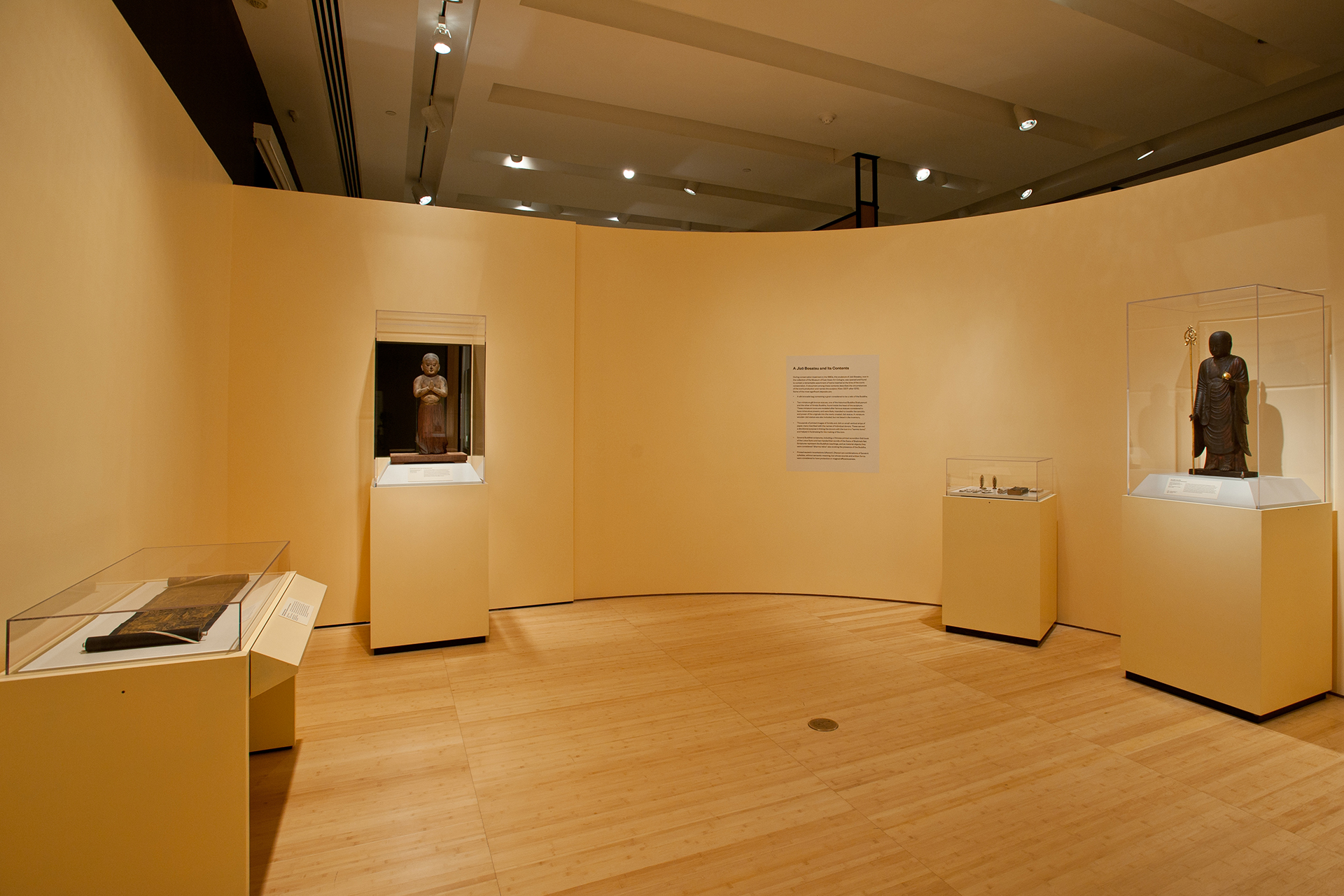Kamakura: Realism and Spirituality in the Sculpture of Japan
Location: Asia Society & Museum, New York
Date: February 2016
Curators: Ive Covaci and Adriana Proser
Services Provided: Exhibition Design, Construction and Fabrication Documents, Lighting Design, Graphic Design




















Excerpts from Asia Society Press Release:
“The magnificent sculpture of the Kamakura period (1185–1333) has long been considered a high point in the history of Japanese art. Stylistic and technical innovations led to sculpture that displayed greater realism than ever before. Sculptors began signing their works, allowing us to trace the development of individual and workshop styles that influenced later generations for centuries. Religious developments—often combinations of traditional and new practices—brought devotees into closer proximity with the deities they worshipped.
The icons in this exhibition commanded the faith of passionate devotees, some of whom hoped to gain merit from the making of a Buddhist image, to ensure salvation in the afterlife, or to obtain tangible benefits in this life. Others aimed to achieve ultimate awakening through ritual unification with the deity represented by the icon. In their original contexts these powerful icons were “real presences,” brought to life by their naturalistic form, ritual activation, and sacred interior contents.
Craftsmen created these icons during a time of profound political and social disruption. For the first time in Japanese history, powerful warrior clans challenged the imperial court that had dominated the political and cultural landscape for centuries. In the civil war of the 1180s, the great Buddhist temples of the ancient capital in Nara burned to the ground. The devastation shocked the entire country, but rebuilding and repopulating the temples with new sculptures and paintings began almost immediately. Renewed contact with the Asian mainland, which flourished in the early Kamakura period, further invigorated arts and religious practices.
Elite warriors became an important new source of patronage for religious arts, while the imperial court and aristocratic clergy continued their sponsorship of sculpture workshops in Kyoto and Nara even as their fortunes gradually declined. One major new patron was Minamoto Yoritomo, who became the first ruling shogun and established a military government headquartered in the town of Kamakura in eastern Japan. Later in the thirteenth century, however, the continued threat of invasion by the Mongol empire created further instability. In 1333, a cunning Japanese emperor launched a rebellion ending the Kamakura shogunate not even 150 years after its founding.
Despite the brevity of this historical period, it had a lasting impact on the political, artistic, and religious legacy of Japan. Shoguns and warlords were the dominant rulers up until the mid-nineteenth century. Even in the eighteenth century, sculptors proudly traced their artistic lineages back to early Kamakura master sculptors, while religious movements established during the period continue to be some of the most popular forms of Buddhism practiced in Japan today."






Graphic Design:
Speaking honestly to the materials used to create the majority of the works in this exhibition was an idea that came to us almost immediately.
This period in Japanese art saw an emphasis in realism in the figurative sculptures that were exhibited. Wood was beginning to be used in ways previously seen in the construction of the famed terracotta warriors in China. To celebrate this new approach in Kamakura period sculpture, Artist & Title focused the use of wood to create the environmental graphics, including title and section panels. However, instead of using the same species of wood from the period we deployed riff cut white oak panels with black edge banding to create a floating effect. The use of this specific species and cut of wood allowed the graphic panels to not only speak to the works in the show but also work in harmony with the existing architecture and material pallet present in the galleries.
Other design responsibilities included the design of subsection panels, photo reproductions, typesetting and the composition of all didactic collateral.

